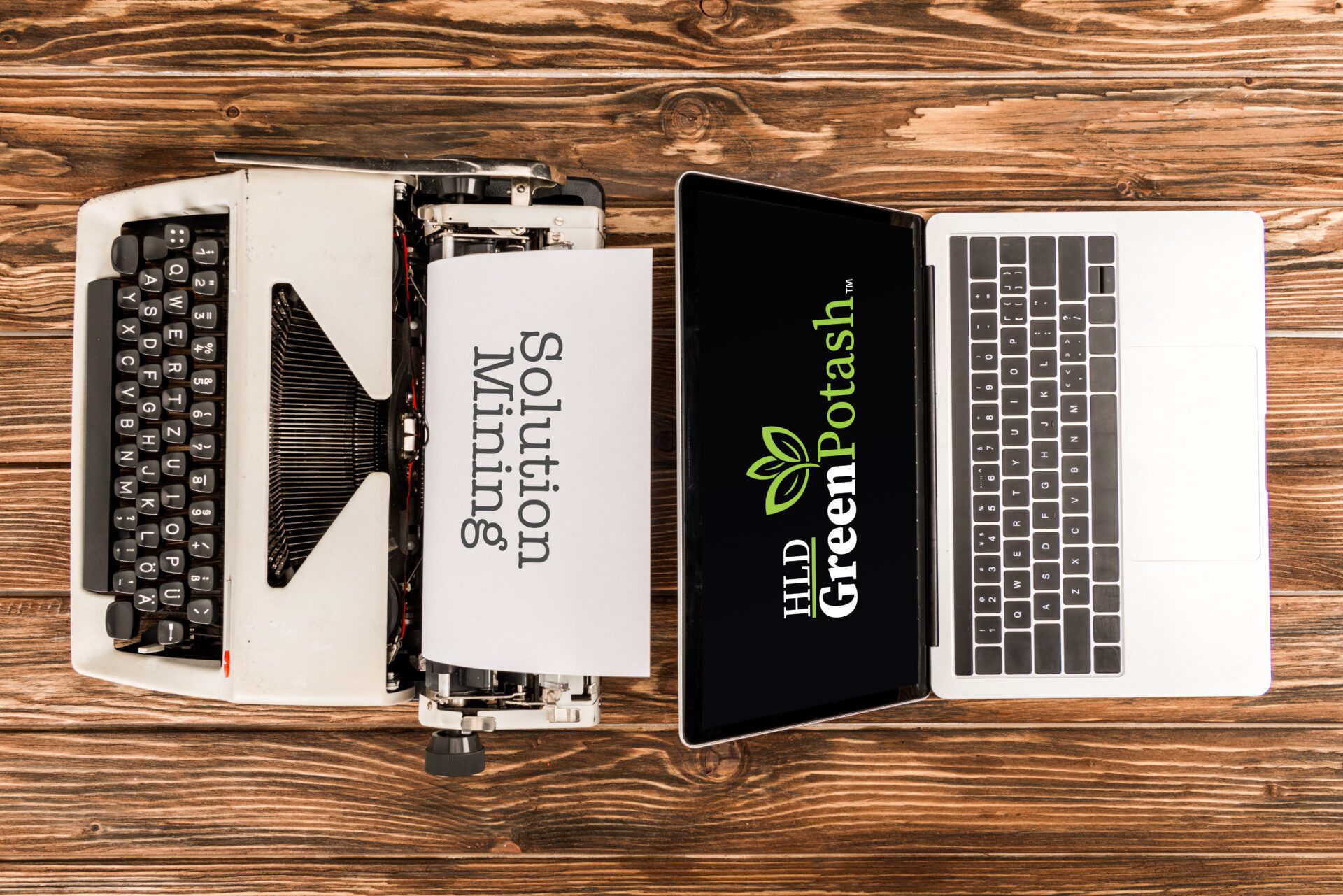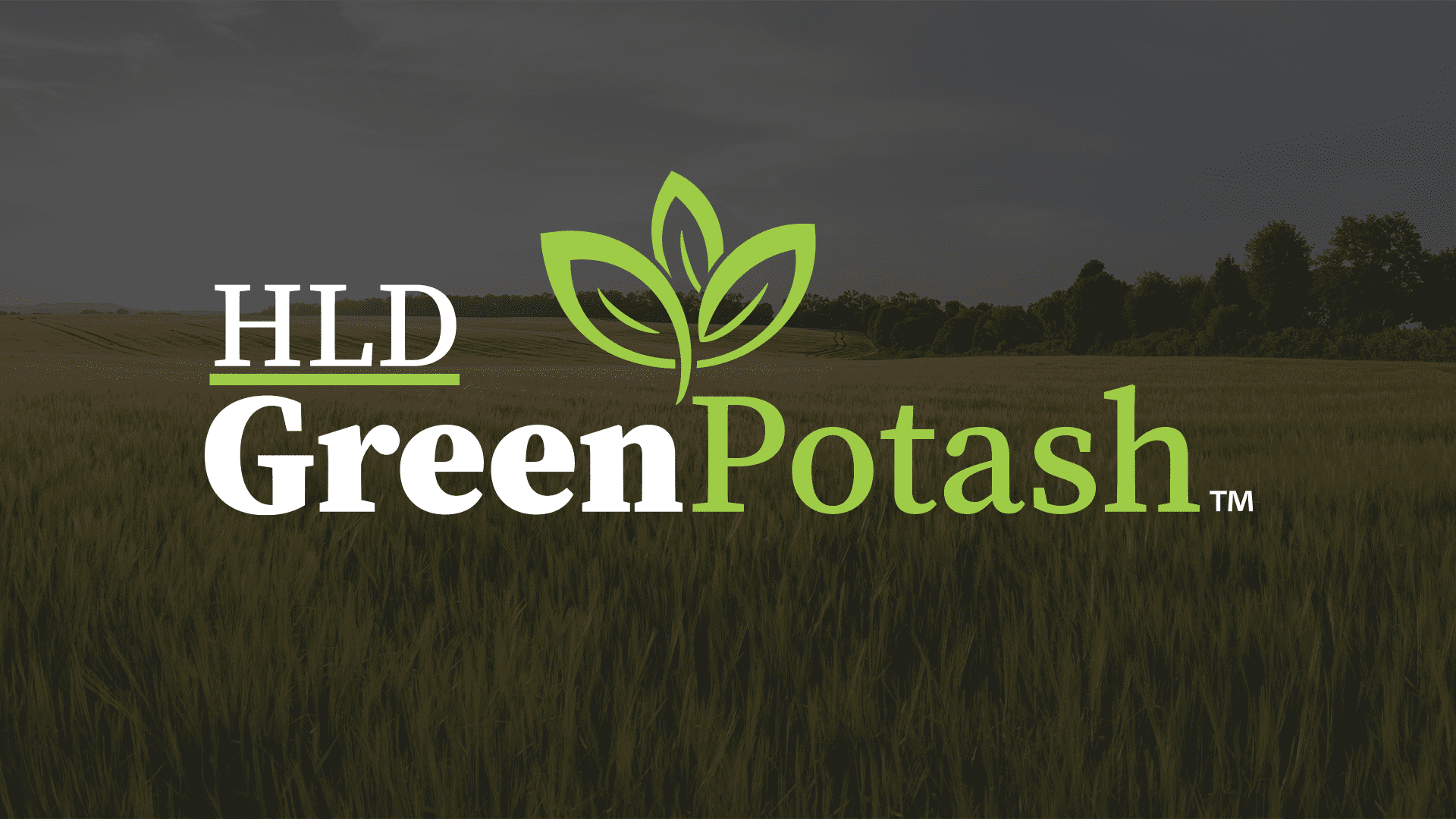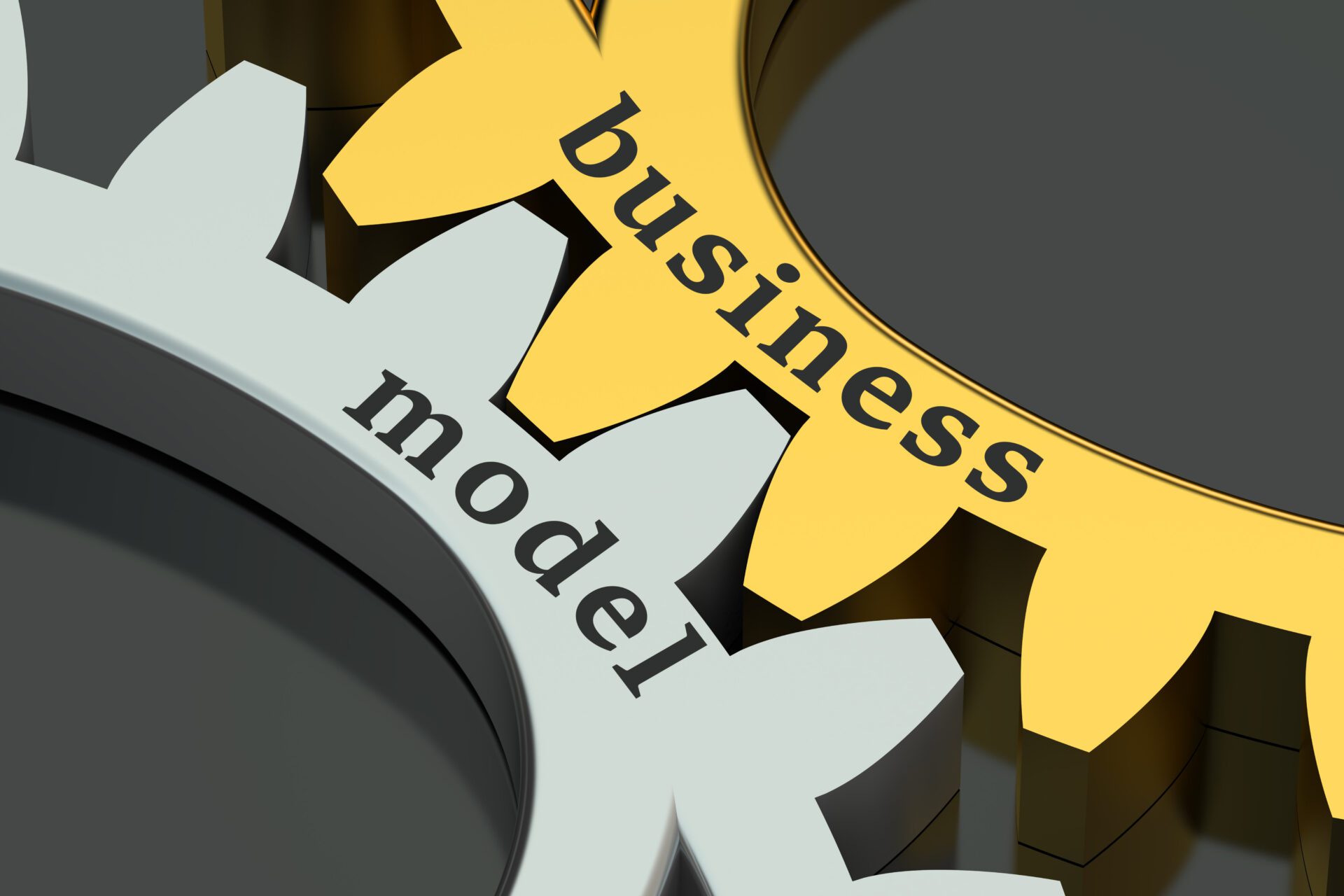Buffalo Potash Corp.
Underground Mining vs. HLD Mining
Traditional underground tunnel mining of potash has significant CAPEX and infrastructural requirements. Drilling shafts and tunnels for underground mining is expensive and brings a lot of salt waste to the surface to be stored. Underground mines also require large production capacities to be able to amortize CAPEX. HLD preserves the integrity of local ecosystems by not storing salt waste on surface. This creates harmony with local communities and Indigenous Nations to create a long-term, sustainable economy for potash mining.
Solution Mining vs. HLD Mining
Solution mines do not require large-scale infrastructures, such as kilometre-long shafts and tunnels, and are, therefore, more economically viable. However, Solution Mining uses millions of cubic meters of fresh water each year to mine and produce potash. HLD Mining uses a negligible amounts of fresh water and primarily only for processing. HLD Mining is an eco-friendly technology that contributes minimal impact to the overall mining footprint.
How HLD Works
Horizontal Line Drive Selective Solution Mining was adapted from ‘tight oil’ horizontal drilling technology used in the Saskatchewan oil patch. The HLD Mining process drills wells parallel to high-grade potash seams in order to dissolve the potash. The potash brine is then pumped up to the surface, where it is crystallized and shipped to a processing facility in Estevan. Our method maximizes access to surface areas in the richest, high-grade potash seam zones. Injecting mining fluid across multiple points along the horizontal wellbore leads to an even distribution of the fluid over the entire mining plane. This provides a sustainable way to reach inaccessible or distant pockets of potash.
Eco-Friendly Technology
HLD Mining technology is clean, green, and respectful to the land. It follows a sustainable development model, which we call HLD GreenPotash™. HLD Mining leaves sodium chloride salt deposits underground rather than on the surface. It requires small tracts of land to inject mining fluid and does not cause any large-scale ecological displacement. The concept of HLD Mining is eco-friendly, and it contributes minimally to the overall mining footprint. At Buffalo Potash Corp, we wish to engage our local communities and Indigenous First Nations in creating sustainable economic opportunities for our potash. We want to give back to our communities by using local supplies, services, and labour.
Our Business Model
Our plan is to construct two HLD mines, each producing 500,000 tonnes per year (TPY) KCI, which will be shipped to an Estevan-based processing facility. The facility is capable of producing 1,000,000 TPY of potash and other associated crop nutrient products. The processing facility is close to the US border. This makes it easier to ship potash-based crop nutrients to target markets in the southern US using America’s extensive railway system. Our goal is to sell directly to end-users, such as orchard owners, vegetable producers, and the American midwest soybean and corn farmers. As market demand increases, we plan on expanding our production to 3,000,000 TPY. We wish to penetrate the market with our water-soluble high purity Muriate of Potash (MOP) and later introduce other potash nutrients such as Sulfate of Potash (SOP) and potassium nitrate, which are in demand in southern California, Arizona, New Mexico, and the American Midwest.





